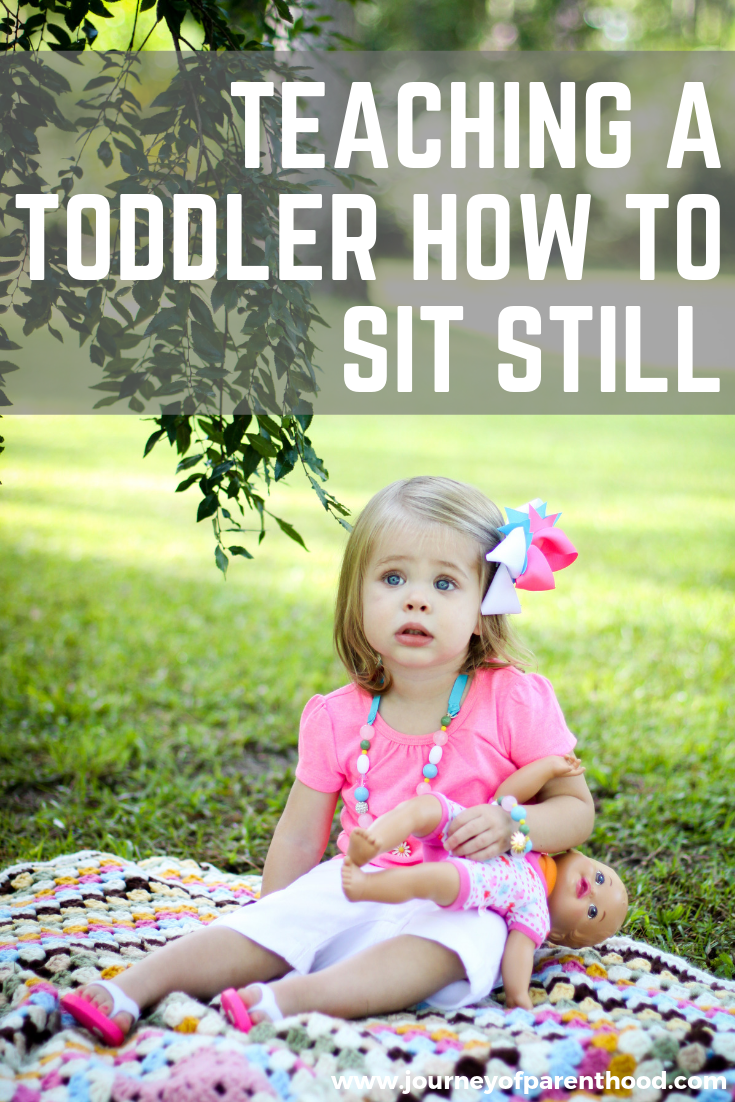A “How To” On Blanket Time
I am a PRO at doing independent playtime with my children… however I have never done much with blanket time.
I tried it with Kye a few times but never really stuck it out and haven’t even attempted it with Britt.
This post is PERFECTLY timed as Britt has just entered into toddlerhood and it’s the ideal time to begin a blanket time routine with her!
*****

Blanket Time: A Simple How To Guide
By Maureen Monfore
If there’s one thing I learned early on in this parenting journey, it’s that structuring my child’s day is so important to bringing order to the chaos.
A predictable meal schedule wards of meltdowns from low blood sugar.
Predictable sleep times ensure kids get all the sleep they need—to keep the grumpiness at bay.
But those are just the basics.
Getting our kids on a predictable routine with play is just as important.
I’m all for allowing my kids to play with each other, but
I know that personally, as an introvert, I need time to myself to maintain my sanity.
Even though my boys are extroverts, having them play independently brings some quiet calm to our house.
What is Blanket Time?
Blanket time is one of the first steps in building up to a consistent routine of independent play.
When a child is older and can be trusted in his room, room time is the main form of independent play.
And when they’re little, many parents do independent play in the pack-n-play.
Blanket time happens between those two, usually when the child is a toddler.
Many parents worry about their child being able to do blanket time.
But there’s nothing to fear, especially when you take a slow, methodical approach with it.
For the sake of clarification, blanket time is a short time in your day when you lay a blanket out on the floor and require the child to sit and play with toys without leaving the blanket.
Benefits of Blanket Time:
Blanket time is one of the first times in a child’s life when you will require him to stay put without putting physical boundaries (like the crib) on him.
You are teaching him self-control and obedience.
How to Do Blanket Time:
To start blanket time, choose a blanket that isn’t too big.
It can be tempting to use a large blanket, but you don’t want the child walking around.
Choose a blanket that requires the child to sit but isn’t too restrictive. A crib blanket is a good size.
Then choose some toys.
To hold your child’s interest, find toys that are his favorites or those that have been put away for a while, so they seem new to him.
Keep in mind that you’ll want to rotate these toys once a week or so.
Choose a good time for blanket time.
This can be crucial when you’re first starting.
Make sure the child is well-rested and well-fed.
Don’t invite a tantrum or power struggle with a tired, hungry child.
Plan it at a time when you have an activity that will allow you to have something else to do but still allow you to sit nearby.
Folding laundry and reading a book are good mom activities for
Once you have everything ready, simply place your child on the blanket with the toys.
Your first time could go a
He or she may be completely enamored with the “new” toys and happily sit for 10 minutes.
If you have a mover, you may not get more than 5 seconds on the blanket.
This is fine. Just be prepared.
Set realistic expectations for how long you want the child to sit.
You may start at just two minutes.
You will gradually build up to a solid 20-30 minutes.
Once you get a good two minutes, try five minutes for a week, then ten and so on.

What Do you Do if Child Leaves the Blanket?
So what do you do if the child leaves the blanket during blanket time?
Simply take him back and have him sit.
Remind him that he is to stay on the blanket.
You may need to do this every 5 seconds.
If your efforts are met with tears, consider backing off even more on the time you require.
You don’t want your child to think this is a punishment.
You want him to want to do it.
Start With A Short Time:
After a short time of the child sitting happily on the blanket, consider yourselves done.
But don’t skip this important step: praise him, and praise him huge! Say something like, “You stayed on the blanket! You did such a good job with blanket time today!” End with hugs and kisses.
Be Consistent:
Be aware that some days will go better than others. This is normal.
If you’re having a bad day, feel free to scrap blanket time.
But do make sure you’re giving adequate time to it and that you’re treating it as a training opportunity.
Put a solid 4-5 days into it, and consider doing it even twice or three times a day. The more practice you get, the easier it will get.
Your child may test the blanket time limits by hanging a foot, hand, or head off the blanket.
Address this or it will get worse.
Even if your child is unaware that he’s doing it, simply tap the foot or hand that’s off the blanket and remind him that he’s to keep his whole body on the blanket.

Final Thoughts
I’ll finish this post with a blanket time success story that might motivate you.
When my youngest was about 20 months old, I had a conference with my older child’s preschool teacher.
The school was willing to watch my older child, but I couldn’t get a sitter for the younger.
So I packed up our blanket time blanket, a few new toys, and brought him with me.
He sat and quietly played for a solid 20 minutes while the teacher and I talked.
He stood up one time, and I simply told him to sit down, and he did!
The teacher was quite impressed.
All it took was a little training and consistent practice. And as you can see, blanket time is so beneficial!
Maureen Monfore is the author of the blog ChildwiseChat.com and the e-book Live in Harmony with First-Time Obedience, How to Use Love, Authority and Consistency to Teach Your Child to Obey the First Time, Every Time. Maureen has two boys, ages 5 and 8. A firm believer in Babywise, Maureen recognizes the value of obedience and heart training in our children. She relies on the teachings of Gary and Anne Marie Ezzo to show her the way.
- 10th Birthday Message For My Daughter Love Mom {Tess’s 10th Birthday Letter} - June 12, 2025
- Tips to Maintain Structure While Traveling with Kids - May 22, 2025
- A Letter to my Son on His 16th Birthday From Mom (Kye’s Bday Letter) - April 30, 2025






